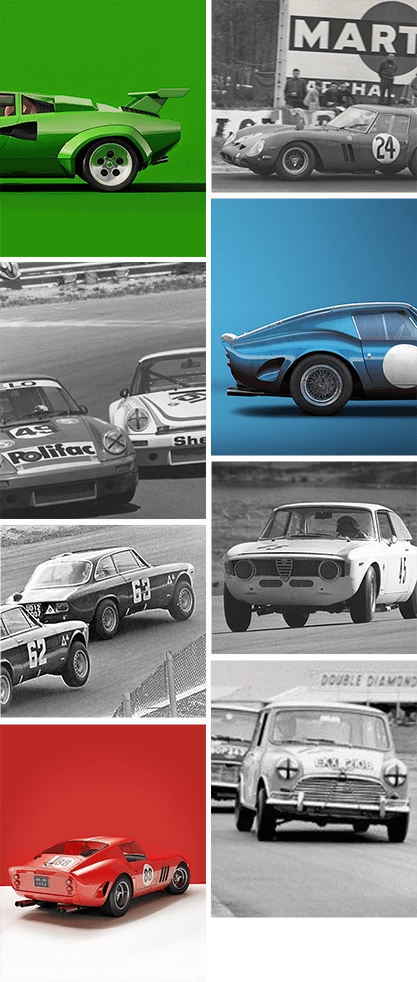While Porsche’s 917 was off to a rough start, it ultimately became their most notorious racecar. This rough start is actually an understatement, for the 917’s first pilots actually declared the car nothing short of “undriveable.” So how could this be, that a car that could hardly be handled became Porsche’s frontrunner for 7 years in a row?
Too hasty
The reason why the 917 was developed in the first place was a regulation change by the FIA: the World Sportscar Championship now allowed engines up to 5.0-liter. As a result, Porsche’s 3.0-liter 908 from 1968 had now lost its ability to be a serious competitor. But here’s the real kicker, because this 1968 rule change came completely unexpected. This meant that there was very little time to develop the new car, let alone properly test it before the 1969-racing season would start.
Naturally, renowned Ferdinand Piëch was quite frustrated by this sudden alteration in regulations. But, at 31 years young he wasn’t going to be a Head of Development without a prize-winning competitor for Porsche. Thus, he gave the signal to develop the 917, and to do it quick – at whatever cost. What Piëch realized correctly, as soon as the 917 would be a prize-winning racecar, its expensive development would be vindicated instantaneously.
From struggle to success
Still, there was too little time. Everything from prototyping to presenting the 917 at the 1969 Geneva Motor Show happened in only 9 months. So, while an air-cooled V12 powered the incredibly aerodynamic 917, its design lacked the appropriate amount of downforce to give the car driving stability. Consequently, all the initial pilots had a hard time getting the car under control.
With an extremely difficult handling car in their hands, none of the 917’s initial pilots managed to win a race. But, come August 10, 1968 the tide for Porsche started to turn: After 1000 kilometers of racing on the Österreichring, Kurt Ahrens and Jo Siffert came in first! Proof was now there – Piëch’s 917 had redeemed itself as a prizewinning racecar.
From 917 to Porsche 917 KH Coupé
Once the racing season was over, Porsche took the 917 back into the garage to rework the body. After a complete makeover, the only original parts remaining were the roof, windscreen, and doors. The result of redesigning the sills, nose, wings, and rear? The 917 KH Coupé, a racecar with vastly improved handling (much desired), especially at higher driving speeds!
With 620 horsepower under the hood, the 917 could now finally live up to its full potential. With The 917 having what it takes to be a winner, both he John Wyers Gulf team and the Porsche Salzburg team readied the 917 for the World Sportscar Championship. With 7/8 races of the season won, completely transforming the body proved to be a good decision.
Winning, winning, and more winning
Various versions of the 917 continued the winning streak. At 24 Hours of Le Mans, Richard Attwoord and Hans Herrmann came in first in their red-white Porsche Salzburg 917 short tail. And with Willi Kauhsen and Gerard Larousse taking 2nd place in their 917 long tail, Porsche scored the overall victory at this infamous endurance race.
But, there was more! The next season in 1971, Porsche’s 917 again won 7/8 races and was again victorious at the 24 Hours of Le Mans. Moreover, with 5.335,16 km driven in 24 hours Gijs van Lennep and Helmut Marko set a new Le Mans record that stood for nearly 4 decades!
While the Porsche 917 was not allowed to participate at the World Sportscar Championship of 1971 (because of another change of regulations), it still scored victories at Europe’s Interserie and North America’s Can-Am series. With a final score of 37 victories in 1975, the 917 was indeed Porsche’s most feared racing car to ever enter the track.

